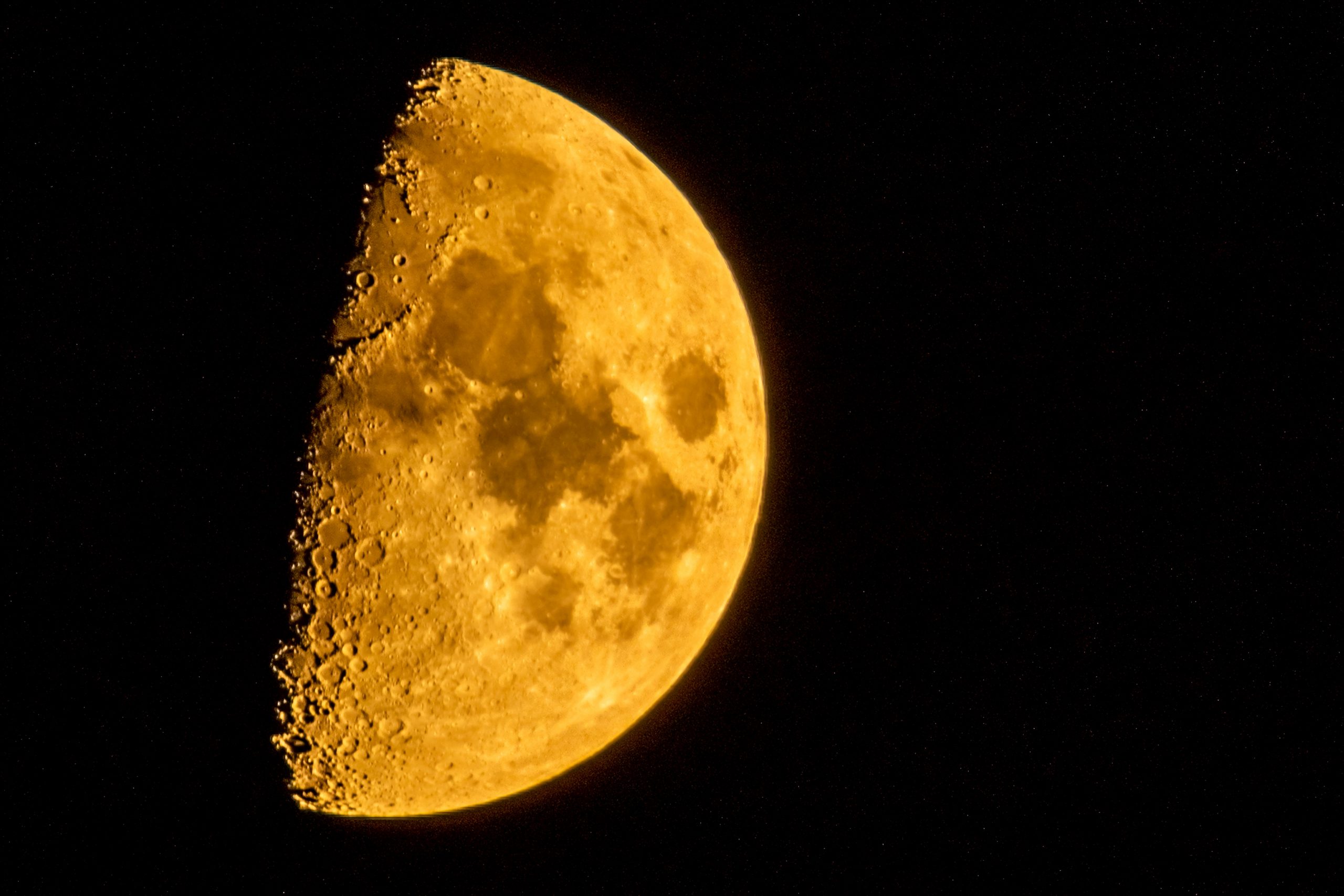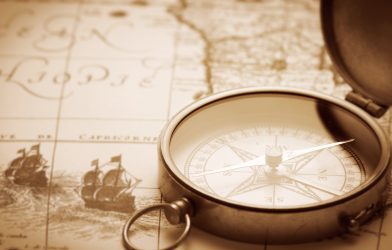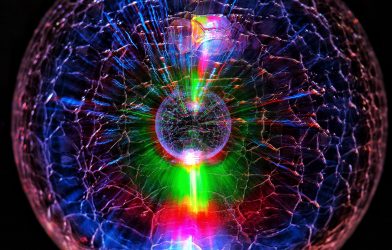The moon, Earth’s only natural satellite, has captivated human imagination for thousands of years. Ancient civilizations closely observed its phases, relying on its cycles to guide agricultural practices and intertwining it with myths and legends. Its impact on tides and its constant presence in the night sky have made it an essential part of human culture and scientific curiosity.
The mid-20th century heralded a new chapter in our relationship with the moon, marked by the dawn of the Space Age. The intense competition between the United States and the Soviet Union, known as the Space Race, ignited a fervor for space exploration. In 1959, the Soviet Union’s Luna 2 became the first human-made object to reach the moon, setting the stage for future missions.
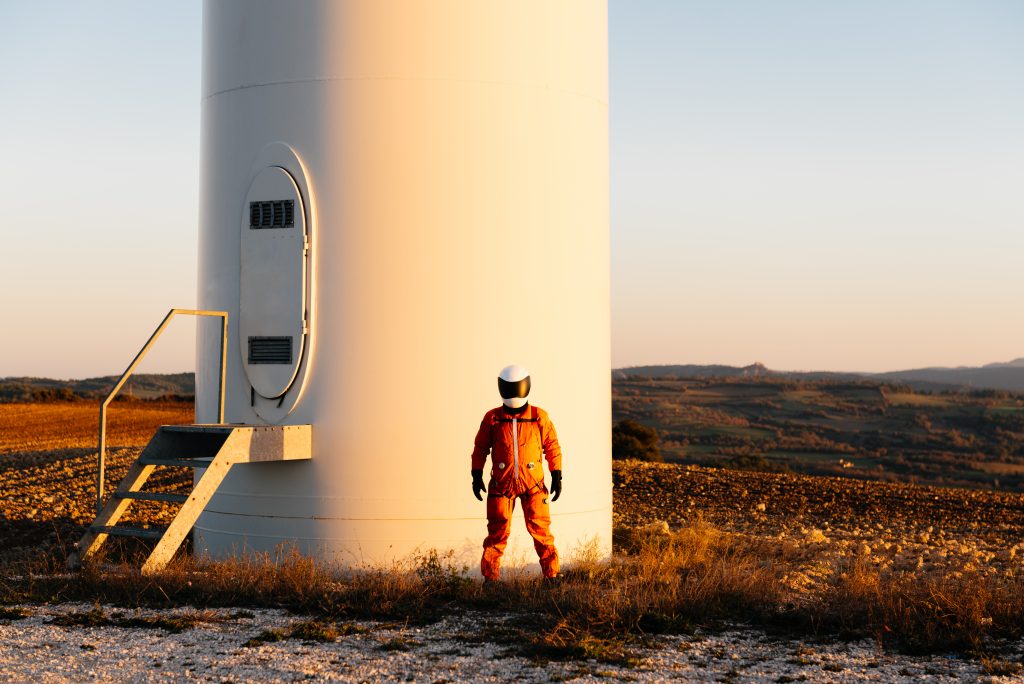
The pinnacle of moon exploration came with NASA’s Apollo missions. In 1969, Apollo 11’s historic landing saw Neil Armstrong and Buzz Aldrin become the first humans to set foot on the lunar surface. Their journey provided invaluable scientific data and produced iconic images that inspired the world.
In recent years, lunar exploration has expanded beyond national programs. Countries like China, with its Chang’e missions, and private companies such as SpaceX and Blue Origin, have embarked on ambitious lunar ventures. These missions not only seek to unravel lunar mysteries but also pave the way for potential lunar tourism and even colonization.
The moon’s significance extends far beyond its exploration. It serves as a vital laboratory for scientific research, with lunar samples from the Apollo missions offering insights into the solar system’s history. Future missions aim to establish permanent bases on the moon, enabling prolonged scientific studies and technological advancements.
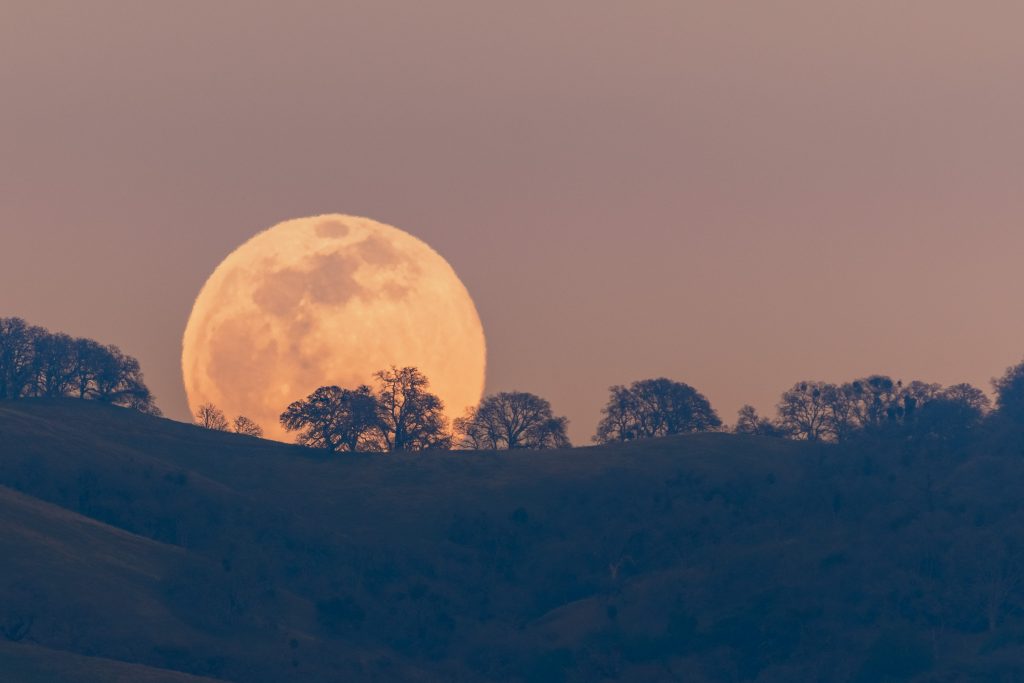
The moon also holds promise as a springboard for deeper space exploration. Its lower gravity makes it an ideal launch point for missions to Mars and beyond, potentially reducing the cost and complexity of interplanetary travel. Establishing a lunar base could revolutionize our approach to space exploration, making it more sustainable and efficient.
Culturally and economically, the moon continues to inspire and influence. Its presence in art, literature, and popular culture endures, while its potential for mining resources like Helium-3 sparks economic interest. Helium-3, a potential future energy source, could revolutionize the energy industry. Furthermore, lunar tourism is on the horizon, offering a new frontier for adventure seekers and space enthusiasts.
The moon, our closest celestial neighbor, has been a beacon of wonder and scientific inquiry throughout human history. From its ancient mythological significance to its role in modern space exploration, the moon’s impact on our civilization is profound. As we continue to explore and utilize the moon, its role in shaping our future becomes ever more significant, promising new discoveries and opportunities for generations to come.






